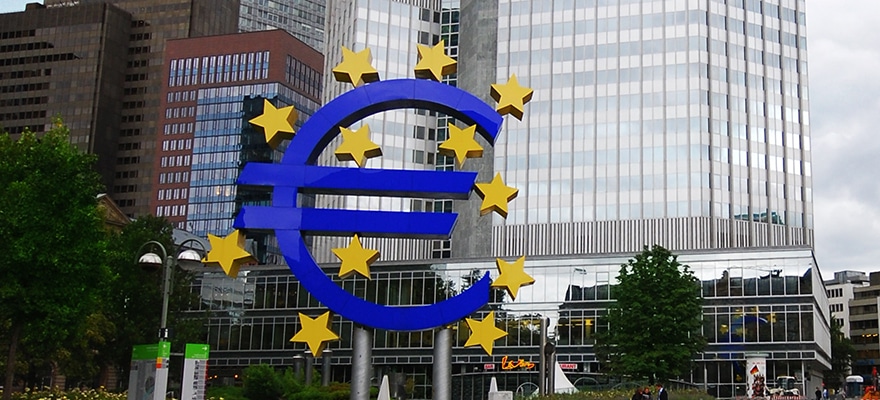Coinbase was ordered to pay $6.5 million in restitution to resolve civil charges brought by the US Commodities Futures Trading Commission for inaccurate reporting as well as wash trading on its institutional platform. Following investigations, the US regulator said Coinbase delivered false reports concerning transactions in digital assets traded on its GDAX platform, which was then rebranded as Coinbase Pro. The CFTC added that a series of unauthorized and fictitious transactions were made on the GDAX platform between January 2015 and September 2018 and possibly more. The abusive pattern occurred as Coinbase operated two automated trading programs, Hedger and Replicator, which generated orders that at times matched with one another. Coinbase’s motive for executing the wash trades was to give the impression of deeper Liquidity , which gives real investors a better chance to move in and out of positions quickly. In addition, the wash trades artificially inflated Coinbase trading volumes reported to the market as the more liquidity an exchange appears to have, the more appealing it becomes to investors. “Hedger and Replicator had independent purposes, in practice the programs matched orders with one another in certain trading pairs, resulting in trades between accounts owned by Coinbase,” the CFTC said. In addition, the order found that over a six-week period a former Coinbase employee entered equal and opposite transactions on Litecoin/Bitcoin trading pair on the GDAX platform. He was the counterparty on both sides of LTC/BTC trades, where no commission was charged, and it does not affect anything but to add layers to their trading volumes. The illegal scheme occurred during the period between August and September 2016 and was used to give a misleading appearance of liquidity and trading interest in Litecoin. Coinbase was incentivized to fake trading volumes even as it allowed market data aggregator, including Crypto Facilities and CoinMarketCap, to access its transactional information through API integration. Wash trading is a form of market manipulation used to create misleading and artificial marketplace activity in order to draw in further investors. Although volume is arguably the most important metric for a cryptocurrency exchange, most enthusiasts are well aware that the prices on CoinMarketCap.com look skewed, and volumes are ‘relatively’ fabricated.
Coinbase was ordered to pay $6.5 million in restitution to resolve civil charges brought by the US Commodities Futures Trading Commission for inaccurate reporting as well as wash trading on its institutional platform. Following investigations, the US regulator said Coinbase delivered false reports concerning transactions in digital assets traded on its GDAX platform, which was then rebranded as Coinbase Pro. The CFTC added that a series of unauthorized and fictitious transactions were made on the GDAX platform between January 2015 and September 2018 and possibly more. The abusive pattern occurred as Coinbase operated two automated trading programs, Hedger and Replicator, which generated orders that at times matched with one another. Coinbase’s motive for executing the wash trades was to give the impression of deeper Liquidity Liquidity The term liquidity refers to the process, speed, and ease of which a given asset or security can be converted into cash. Notably, liquidity surmises a retention in market price, with the most liquid assets representing cash.The most liquid asset of all is cash itself.· In economics, liquidity is defined by how efficiently and quickly an asset can be converted into usable cash without materially affecting its market price. · Nothing is more liquid than cash, while other assets represent The term liquidity refers to the process, speed, and ease of which a given asset or security can be converted into cash. Notably, liquidity surmises a retention in market price, with the most liquid assets representing cash.The most liquid asset of all is cash itself.· In economics, liquidity is defined by how efficiently and quickly an asset can be converted into usable cash without materially affecting its market price. · Nothing is more liquid than cash, while other assets represent Read this Term, which gives real investors a better chance to move in and out of positions quickly. In addition, the wash trades artificially inflated Coinbase trading volumes reported to the market as the more liquidity an exchange appears to have, the more appealing it becomes to investors. “Hedger and Replicator had independent purposes, in practice the programs matched orders with one another in certain trading pairs, resulting in trades between accounts owned by Coinbase,” the CFTC said. In addition, the order found that over a six-week period a former Coinbase employee entered equal and opposite transactions on Litecoin/Bitcoin Bitcoin While some may still be wondering what is Bitcoin, who created Bitcoin, or how does Bitcoin work, one thing is certain: Bitcoin has changed the world.No one can remain indifferent to this revolutionary, decentralized, digital asset nor to its blockchain technology.In fact, we’ve gone a long way ever since a Florida resident Laszlo Hanyecz made BTC’s first official commercial transaction with a real company by trading 10,000 Bitcoins for 2 pizzas at his local Papa John’s.One could now argue that While some may still be wondering what is Bitcoin, who created Bitcoin, or how does Bitcoin work, one thing is certain: Bitcoin has changed the world.No one can remain indifferent to this revolutionary, decentralized, digital asset nor to its blockchain technology.In fact, we’ve gone a long way ever since a Florida resident Laszlo Hanyecz made BTC’s first official commercial transaction with a real company by trading 10,000 Bitcoins for 2 pizzas at his local Papa John’s.One could now argue that Read this Term trading pair on the GDAX platform. He was the counterparty on both sides of LTC/BTC trades, where no commission was charged, and it does not affect anything but to add layers to their trading volumes. The illegal scheme occurred during the period between August and September 2016 and was used to give a misleading appearance of liquidity and trading interest in Litecoin. Coinbase was incentivized to fake trading volumes even as it allowed market data aggregator, including Crypto Facilities and CoinMarketCap, to access its transactional information through API integration. Wash trading is a form of market manipulation used to create misleading and artificial marketplace activity in order to draw in further investors. Although volume is arguably the most important metric for a cryptocurrency exchange, most enthusiasts are well aware that the prices on CoinMarketCap.com look skewed, and volumes are ‘relatively’ fabricated.





















